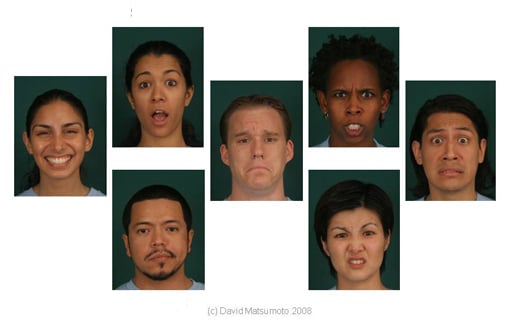I was in a meeting earlier this week, and I realised that I could not tell how it had gone – people were masked up, and I couldn’t read their reaction. It got me thinking about how masks have hindered emotional ‘reading’ – and a few subsequent conversations with parents of babies made me realise that there are genuine worries out there about how young children’s development may be affected. Will the prevalence of masks mean they do not learn to pick up emotional cues?

|
| It seems masks do not make it harder to read emotions at least from close-up source |
There is good news here, I think. It’s true that children and babies do sometimes look to a parent’s face as a clue about what to do (for example, babies avoid playing with a new toy if they see an adult react fearfully toward it) but in fact masks don’t really get in the way of these readings. Psychiatric Vanessa LoBue’s research suggests that anger, surprise, sadness and happiness remain very easy to read, despite masks.
This is critically important, because there are few more important skills than reading the emotions of others. And this is the first step to knowing and naming our own emotions to ourselves.

|
| The seven emotions of sadness anger, contempt, disgust, fear, joy and surprise are usually easy to distinguish Source |
But our emotional lives are, of course much richer than these basic seven emotions and examples like this wheel show that there is probably a great deal of room for us all to develop more nuanced degrees of self-awareness.
So even though I was not able to read the room in that meeting, it seem, that we may not have to worry about things like the effects of wearing a face mask on children’s emotional learning. We can take some solace in the fact that children are quite flexible in terms of what and how they learn, and most of them are pretty resilient, especially with the protection of a face mask.
Reference
- Barrett, L. F. et al (2001) Knowing what you’re feeling and knowing what to do about it: Mapping the relation between emotion differentiation and emotion regulation. Cognition and Emotion vol 15
- LoBue, V. (2021) Face Masks and Children’s Emotion Understanding Psychology Today.
- Matsumoto, D and Hwang, H. S. (2011) Reading facial expressions of emotion. Psychological Science.
- Simler, K. (2018) Elephant in the Brain Oxford University Press



2 Responses
once I come across this chart of expressing emotions with more specificity during an English lesson, but then I did not realise the importance of it in interpreting emotions and consequently managing it effectively…thanks…
They say when you actually smile, you can see the laughter in the eyes. I've actually started looking out for reassurances in people's eyes…
Never realised till I read your article, why I needed to know how they are feeling. Now I understand it better. Thanks:)